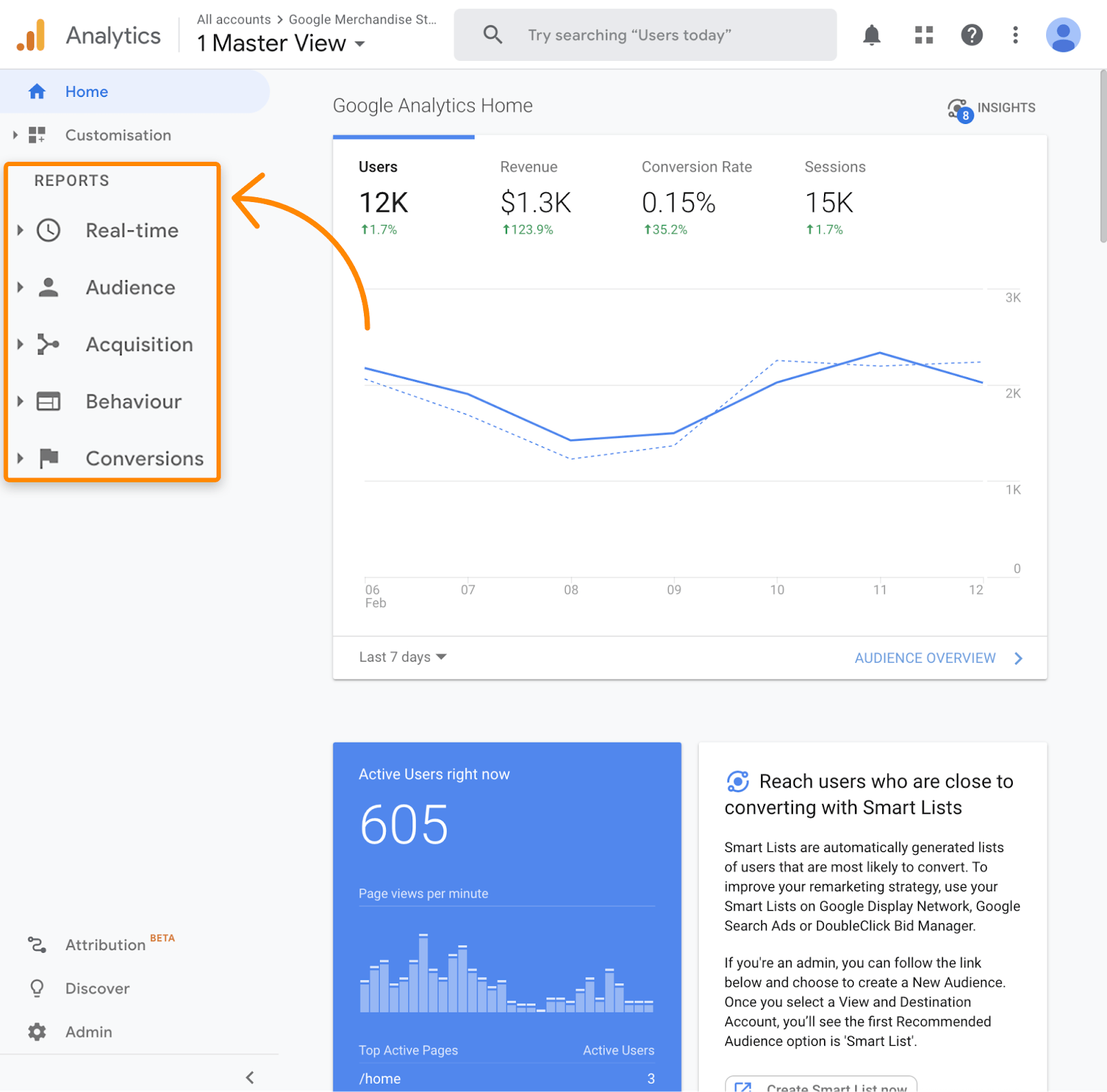Comprehensive Check Out Secondary Dimensions in Google Analytics: Interpretation and Ideal Practices
Comprehensive Check Out Secondary Dimensions in Google Analytics: Interpretation and Ideal Practices
Blog Article
Revealing the Influence of Secondary Measurement in Google Analytics on Information Analysis and Insights
In the realm of information analytics, the application of additional measurements within Google Analytics has actually arised as a critical device for removing deeper understandings and unraveling complex patterns that could or else stay covered. By peeling off back the layers of primary data sets, additional measurements provide a nuanced perspective that enhances the understanding of customer habits, web site efficiency, and the performance of advertising and marketing methods.
Discovering the Principle of Secondary Measurements
Secondary dimensions in Google Analytics supply extra understandings by enabling individuals to evaluate key information in conjunction with an additional attribute. This attribute allows a more extensive understanding of the key data by including an additional layer of info for evaluation. By incorporating second measurements, customers can dig much deeper right into the information and reveal important relationships that could or else go unnoticed. For example, by pairing the key information of website web traffic with secondary dimensions like demographics or habits, marketing professionals can gain a more extensive view of their audience and tailor their strategies as necessary.
Comprehending the concept of additional measurements is vital for optimizing the capacity of Google Analytics. It permits customers to segment information effectively, identify patterns, and make informed decisions based on a more full photo of their analytics data. By exploring the different second measurements offered in Google Analytics, individuals can unlock brand-new understandings and maximize their electronic advertising initiatives. Fundamentally, second measurements serve as a powerful tool for enhancing information analysis and driving actionable outcomes.
Enhancing Information Analysis With Second Dimensions
Having developed the foundational understanding of secondary measurements in Google Analytics and their pivotal duty in data analysis, the emphasis currently shifts towards leveraging these second credit to enhance the interpretation of analytics information (what is a secondary dimension in google analytics). By incorporating second measurements right into data analysis, analysts can get much deeper insights right into customer behavior, website performance, and advertising and marketing performance

Moreover, additional measurements aid in contextualizing main information metrics by supplying additional layers of info. This contextualization aids in recognizing the 'why' behind the data trends, aiding experts make notified optimizations and choices to improve general performance. Ultimately, incorporating second measurements improves the information analysis procedure, resulting in even more strategic actions and meaningful understandings.
Discovering Hidden Insights Through Secondary Measurements
Checking out the midsts of analytics information with additional measurements exposes beneficial understandings that would or else stay covered. By incorporating secondary measurements in Google Analytics, services can uncover covert patterns, trends, and relationships that provide an even more comprehensive understanding of user behavior and web site performance. These additional layers of information enable experts to dive deeper into the primary find more information dimensions, such as website traffic resources or landing web pages, and obtain a much more nuanced viewpoint on how different variables communicate with each other.
Through the usage of second measurements, analysts can sector and compare data across various measurements, enabling them to identify specific elements that affect user interaction, conversion prices, and overall success metrics. For instance, by coupling the key measurement of 'gadget category' with the second measurement of 'age,' marketing professionals can determine which age demographics like accessing the web site via mobile gadgets versus desktops. This degree of granularity equips services to make data-driven decisions and enhance their techniques for much better useful reference results. Eventually, uncovering hidden understandings through secondary dimensions boosts the depth and accuracy of data analysis, leading to more educated decision-making and boosted efficiency outcomes.
Leveraging Secondary Dimensions for Actionable Analytics
Structure upon the understandings introduced via second measurements in Google Analytics, services can now harness this enriched data landscape to drive actionable analytics and calculated decision-making. By leveraging second measurements, organizations can dive much deeper into their information to remove useful patterns, trends, and relationships that may have formerly gone undetected. This deeper degree of analysis enables organizations to acquire an extra extensive understanding of user actions, project efficiency, and general web site effectiveness.
One trick benefit of using secondary measurements for actionable analytics is the capacity to segment information based upon specific criteria. This segmentation permits services to tailor their techniques and campaigns to different target market teams, bring about extra targeted and efficient advertising and marketing efforts - what is a secondary dimension in google analytics. Additionally, second measurements supply an even more holistic view of user communications, enabling services to optimize their website web content, layout, and total user experience
Making The Most Of Decision-Making With Second Measurements
To improve strategic decision-making in analytics, leveraging second dimensions in Google Analytics can supply a more nuanced point of view on customer actions and campaign performance. By incorporating additional measurements right into data analysis, businesses can dig deeper into the specifics of their site site visitors' interactions and engagement patterns. This extra layer of info permits address for an extra detailed understanding of how different variables, such as demographics, devices, or web traffic sources, impact vital efficiency indications.

Verdict
To conclude, the use of secondary dimensions in Google Analytics plays an essential function in boosting information analysis and discovering covert insights. By discovering this concept, one can obtain a much deeper understanding of user behavior and make informed decisions based on actionable analytics. Leveraging additional measurements enables for a much more extensive interpretation of data and optimizes the efficiency of decision-making procedures.

Report this page